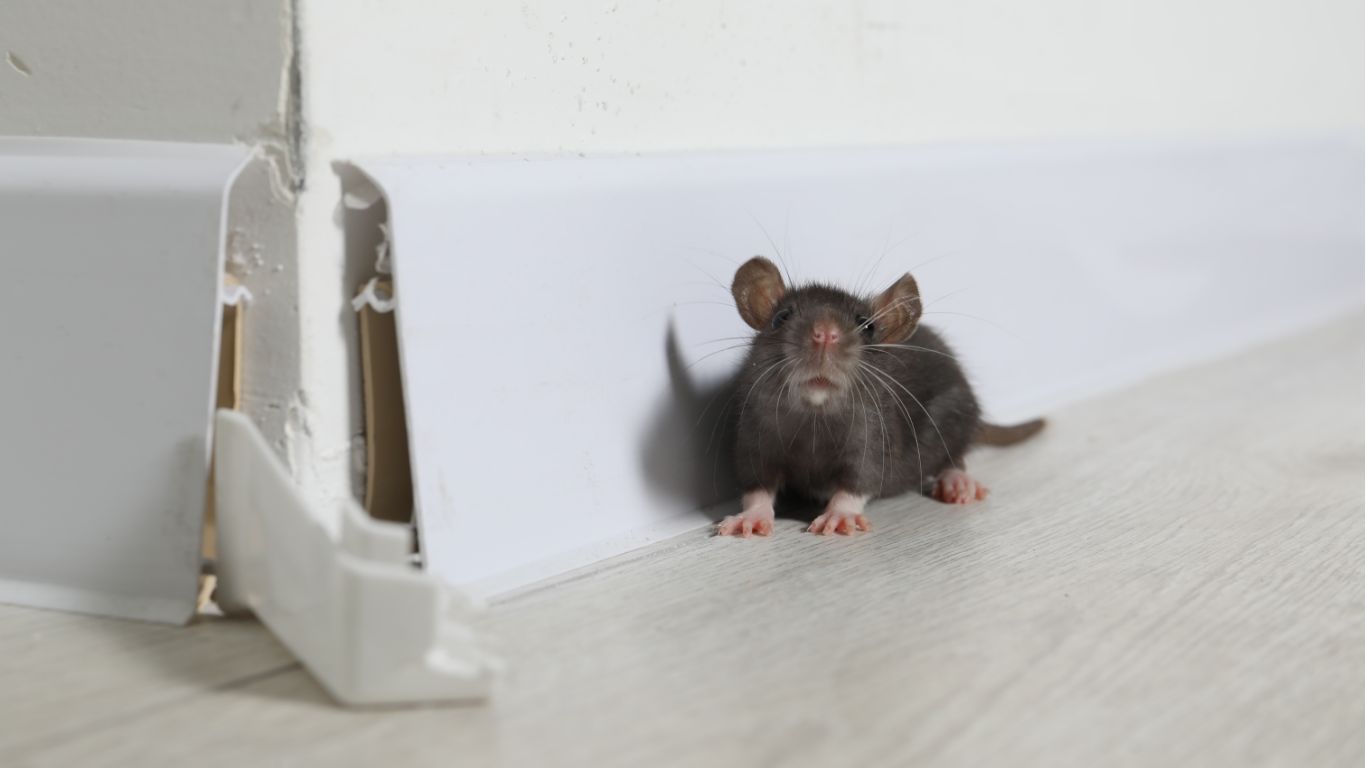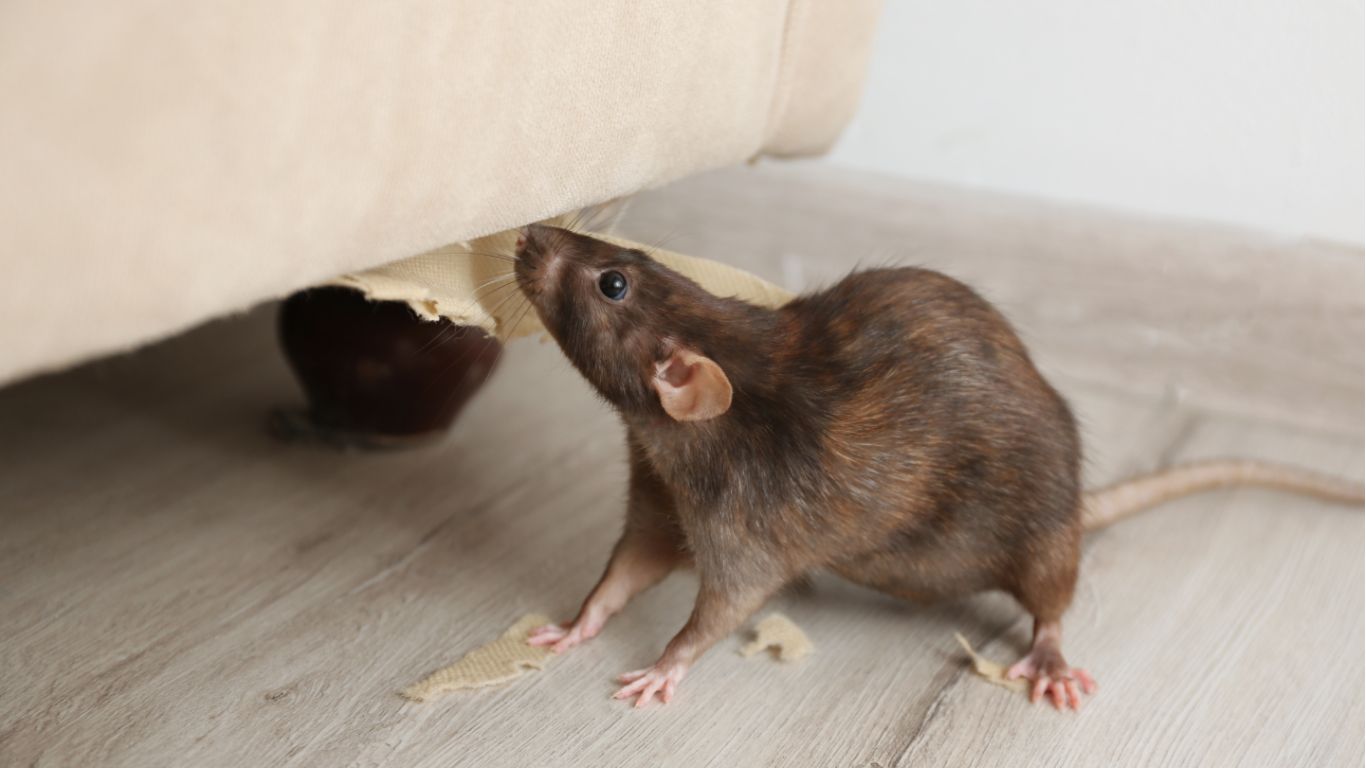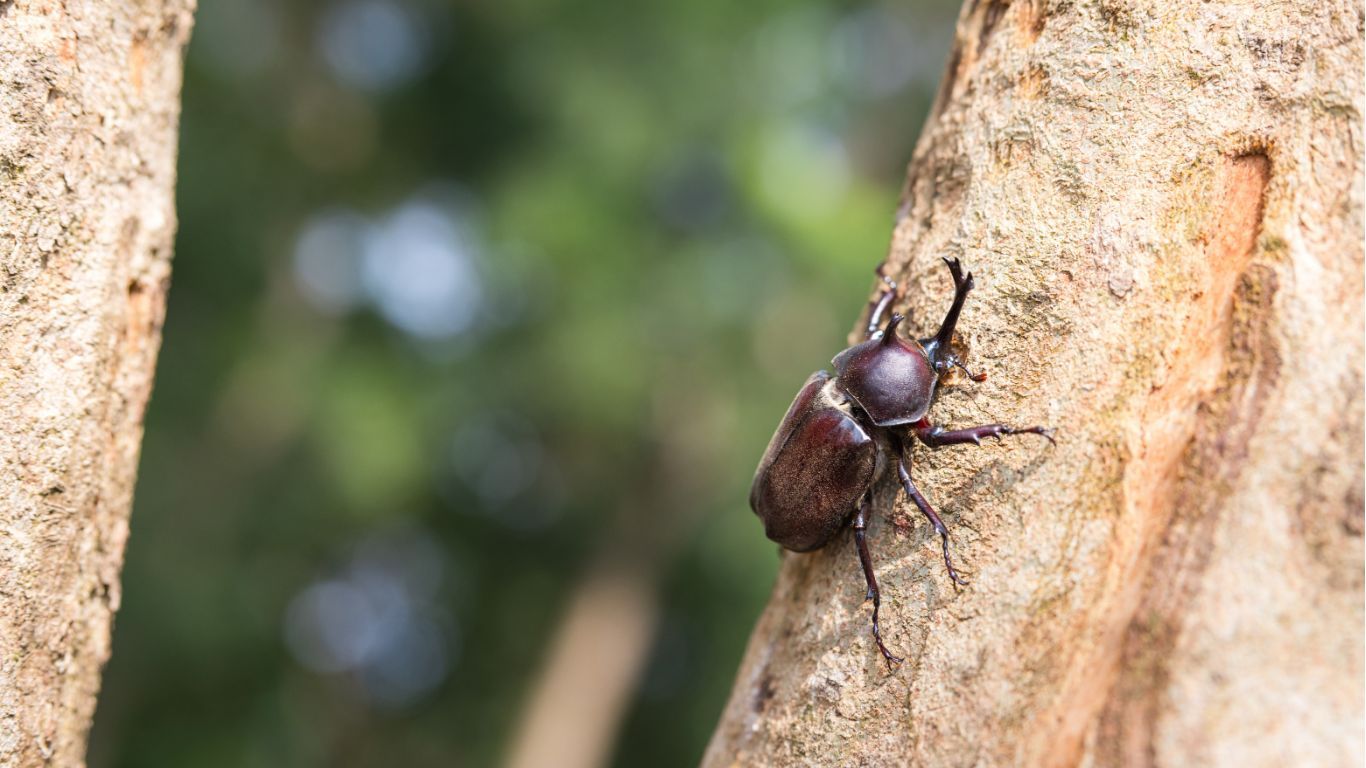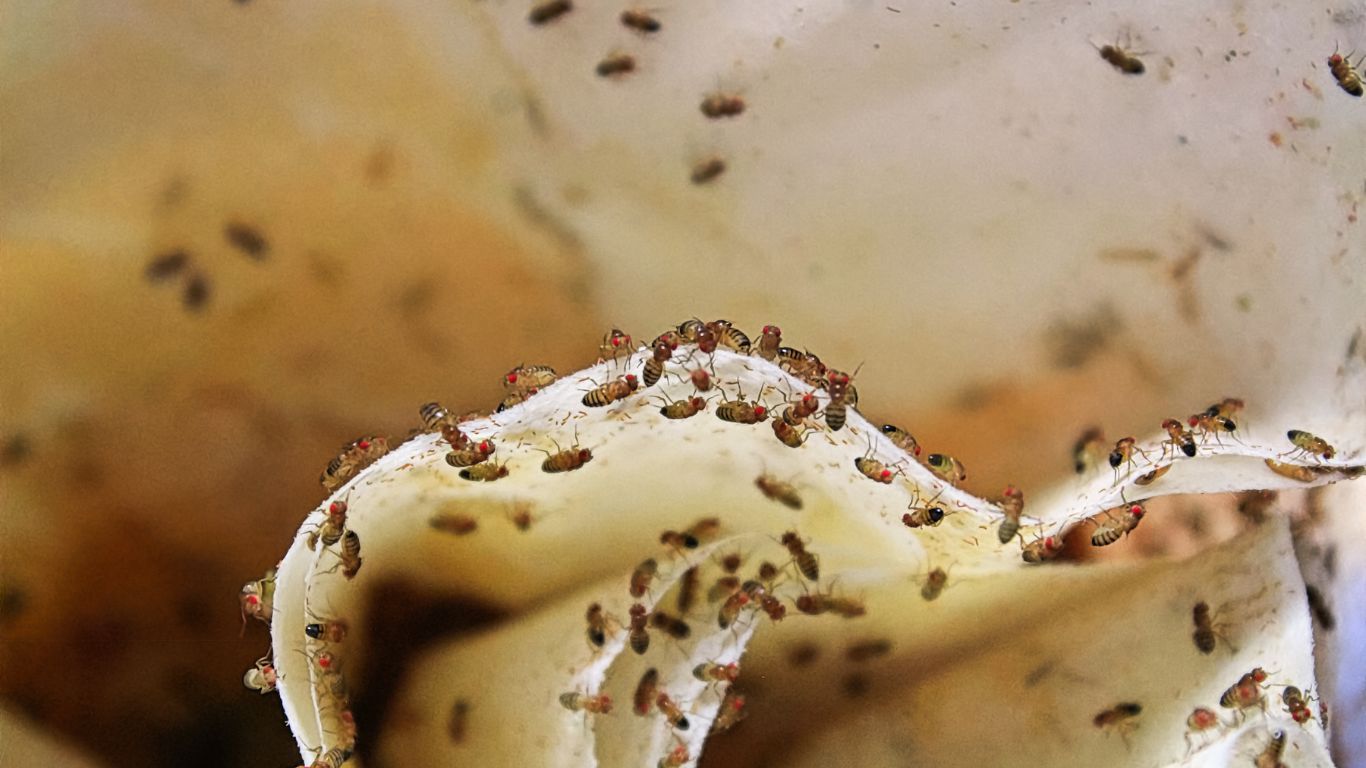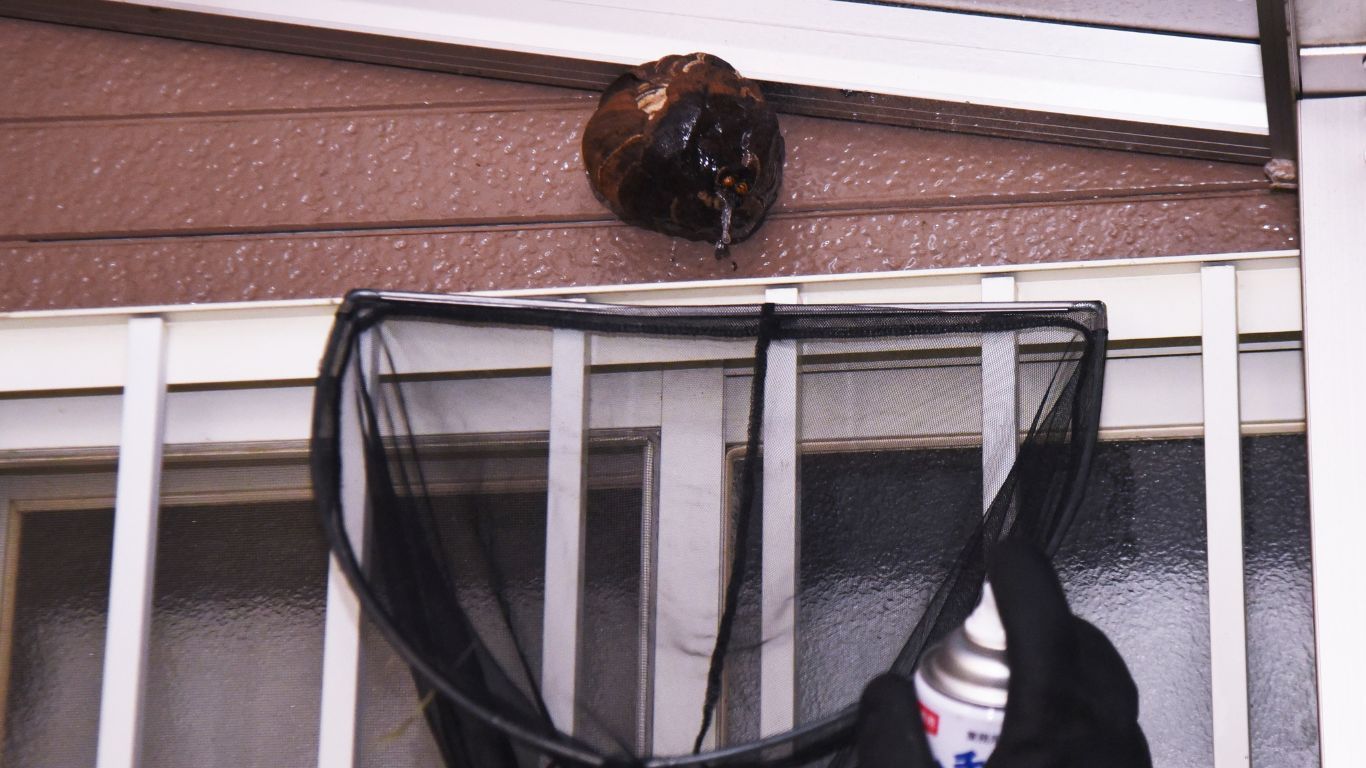How to Seal Your Home to Prevent Stink Bugs in House: Long Island Homeowner's Guide
Pied Piper Pest Control
Stink bugs might not bite, sting, or chew through walls, but any Long Island homeowner who’s dealt with a fall invasion knows just how disruptive they can be. These small, shield-shaped pests sneak into your home in search of warmth—and once they’re in, they make themselves comfortable. You’ll find them crawling on your walls, flying around lights, or tucked into the corners of your ceilings.
While killing a few might seem harmless, it only solves a fraction of the problem. Stink bugs release a foul odor when threatened or crushed, and their sheer numbers can become overwhelming if even a few entry points in your home are left unsealed.
The best long-term solution? Sealing your home properly—something that’s easier said than done without professional help. In this guide, we’ll walk you through how to seal your home to prevent stink bugs, common sealing mistakes to avoid, and how Pied Piper Pest Control helps Long Island homeowners protect their homes with proven exclusion methods.

Why Stink Bugs Target Your Home in the Fall
Stink bugs—particularly the brown marmorated stink bug (BMSB)—aren’t native to the U.S., but they’ve become a growing problem in the Northeast over the last few decades. These bugs spend their summers outdoors feeding on fruit, vegetables, and plants. But as temperatures begin to drop in the fall, they seek out warm, dry places to spend the winter. That’s when your home becomes a prime target.
Here’s what makes homes in Long Island especially attractive:
- Old or weathered siding: Cracks and crevices that have formed over time are perfect hiding spots.
- Poorly sealed windows and doors: Stink bugs take advantage of even the smallest gaps.
- Attics and wall voids: Warm, dry, and dark—ideal overwintering spots.
Stink bugs don’t reproduce indoors, but they do congregate in large numbers, often going unnoticed until they emerge during warmer days in winter or early spring.
If you’re noticing signs of stink bugs in your house, it’s likely that entry points around your home have gone unaddressed. Proper sealing before fall is the key to stopping the invasion.
The Most Common Entry Points for Stink Bugs
Stink bugs aren’t aggressive, but they are extremely persistent. Their flat bodies allow them to squeeze through the tightest of gaps—some no wider than a few millimeters.
Here are the most common entry points they use to get inside Long Island homes:
1. Windows and Door Frames
Worn or missing caulk, cracked weatherstripping, or warped frames give stink bugs a direct path indoors.
2. Attic Vents
Most homes have attic ventilation to prevent moisture buildup, but if the screens are torn or missing, they act like a front door for stink bugs.
3. Siding Gaps and Foundation Cracks
Vinyl siding and brick homes often have small gaps where materials meet or shift over time. Stink bugs easily exploit these openings.
4. Chimneys and Roof Returns
The meeting point between roofing and exterior walls is often vulnerable to insect entry if flashing is loose or insulation has gaps.
5. Utility Entry Points
Cable lines, plumbing, and AC units need to enter your home somewhere—and those gaps are often unsealed or deteriorating.
To truly eliminate stink bug invasions, you’ll need to identify and seal these points thoroughly. This is exactly what Pied Piper Pest Control specializes in—pinpointing where pests enter and keeping them out permanently.
DIY Sealing Mistakes That Invite Stink Bugs In
Homeowners often try to take matters into their own hands when it comes to stink bug prevention. And while DIY sealing is better than doing nothing, most efforts fall short because of simple but critical mistakes.
Here are the top sealing errors we see:
❌ Using the Wrong Caulk
Not all caulk is created equal. Many homeowners use water-based latex caulk, which breaks down outdoors over time. A silicone or elastomeric caulk is far more weather-resistant.
❌ Ignoring High-Access Points
It’s easy to focus on ground-level sealing, but stink bugs often enter from high-up areas like soffits, vents, and attic windows.
❌ Incomplete Weatherstripping
Installing weatherstripping without fully sealing the bottom of exterior doors—or skipping door sweeps altogether—leaves an open gap for bugs to crawl through.
❌ Forgetting Utility Entry Points
It’s easy to overlook the small gaps around pipes and cables entering your house, but these are common entryways for stink bugs.
❌ Inconsistent Application
Sealing efforts often happen once and are never revisited. Over time, materials degrade and gaps reopen.
This is why DIY sealing often gives only temporary results. For a long-lasting solution, it’s worth bringing in the pros at Pied Piper Pest Control to inspect your home’s vulnerabilities.
Proven Sealing Techniques for Stink Bug Prevention
If you’re ready to take action, here’s a step-by-step guide to sealing your home for stink bug prevention:
✅ Step 1: Inspect All Exterior Gaps
Start by doing a slow, methodical walk around your home. Use a flashlight to check:
- Window frames
- Foundation cracks
- Around exterior lights
- Cable and pipe entry points
- Eaves and soffits
Mark any gaps you find—even small ones.
✅ Step 2: Apply the Right Sealant
Use a silicone-based caulk for most applications. It bonds well, remains flexible, and is weather-resistant. For larger gaps, consider foam sealant or even copper mesh stuffing before caulking.
✅ Step 3: Replace Weatherstripping
Old weatherstripping around doors and windows may look fine but offer little protection. Replace with high-quality adhesive-backed strips and install door sweeps to close gaps at the base of entry doors.
✅ Step 4: Repair or Replace Screens
Make sure all windows, attic vents, and foundation vents have tight-fitting screens with no tears or holes. Don’t forget chimney caps.
✅ Step 5: Seal Utility Openings
Use exterior-grade foam or putty to seal around:
- Dryer vents
- AC lines
- Cable entry points
- Outdoor faucets
Once sealed, perform another inspection after 48 hours to ensure materials have settled properly.
While these steps are effective, identifying every tiny gap in an older home can be nearly impossible without a trained eye. That’s where Pied Piper Pest Control offers a huge advantage with their exclusion services.
Long-Term Exclusion Solutions from the Experts
Pied Piper Pest Control doesn’t just spray for bugs and leave. Our team specializes in comprehensive exclusion services, which go far beyond the average DIY fix.
Here’s what our stink bug control plan includes:
🔍 Full Exterior Inspection
We identify all possible entry points, even the hidden ones you wouldn’t think to check—like soffit intersections or utility gaps behind bushes.
🧰 Professional-Grade Sealing
Using industrial-grade caulks, foam, screening, and sealants, we close off all stink bug access zones. Our products are weatherproof and long-lasting.
🌿 Eco-Friendly Treatments
After sealing, we apply targeted perimeter treatments using safe, eco-conscious solutions that deter future infestations without harming your family, pets, or the environment.
🔄 Seasonal Maintenance Options
Stink bugs come back each fall, but with our seasonal protection plans, we make sure they never settle in your home again.
Our goal is simple: create a sealed, stink bug-proof perimeter that stands up to Long Island’s weather and keeps your home pest-free all year long.
What to Do If Stink Bugs Are Already Inside
If you’re already seeing stink bugs indoors, sealing alone isn’t enough. You need to remove them before they multiply in number or spread into harder-to-reach areas.
Here’s what not to do:
❌ Don’t Crush Them
Squashing stink bugs releases their signature foul odor, which can linger and attract more bugs.
❌ Don’t Vacuum Without a Bag
Vacuuming is okay—if you’re using a bagged vacuum and disposing of the bag immediately. Otherwise, you’ll have a stinky appliance on your hands.
❌ Don’t Spray Random Chemicals
Over-the-counter sprays often don’t reach the hidden areas where stink bugs cluster. Plus, they can be harmful to pets and children.
Here’s what to do instead:
✅ Use Traps or Containers
You can gently guide stink bugs into a container with a piece of paper, then release them outside—or call the pros for safe removal.
✅ Call a Professional Right Away
The longer you wait, the more they’ll spread throughout your home. Pied Piper Pest Control offers same-day servicethroughout Long Island to quickly eliminate indoor infestations.
Conclusion: Seal It Before They Sneak In
Once stink bugs are in your home, they’re a hassle to remove—and a year-round annoyance. The most effective approach is sealing your home before fall hits, closing off all their entry points before they can get inside.
This type of work requires precision, experience, and the right materials—especially in older or drafty Long Island homes. That’s where Pied Piper Pest Control comes in.
We don’t just eliminate stink bugs—we prevent them from coming back. Our team offers:
- Full inspections
- Eco-friendly sealing
- Safe indoor removal
- Seasonal exclusion plans
If you’re ready for a home that’s stink bug-free this fall and beyond, we’re ready to help.


